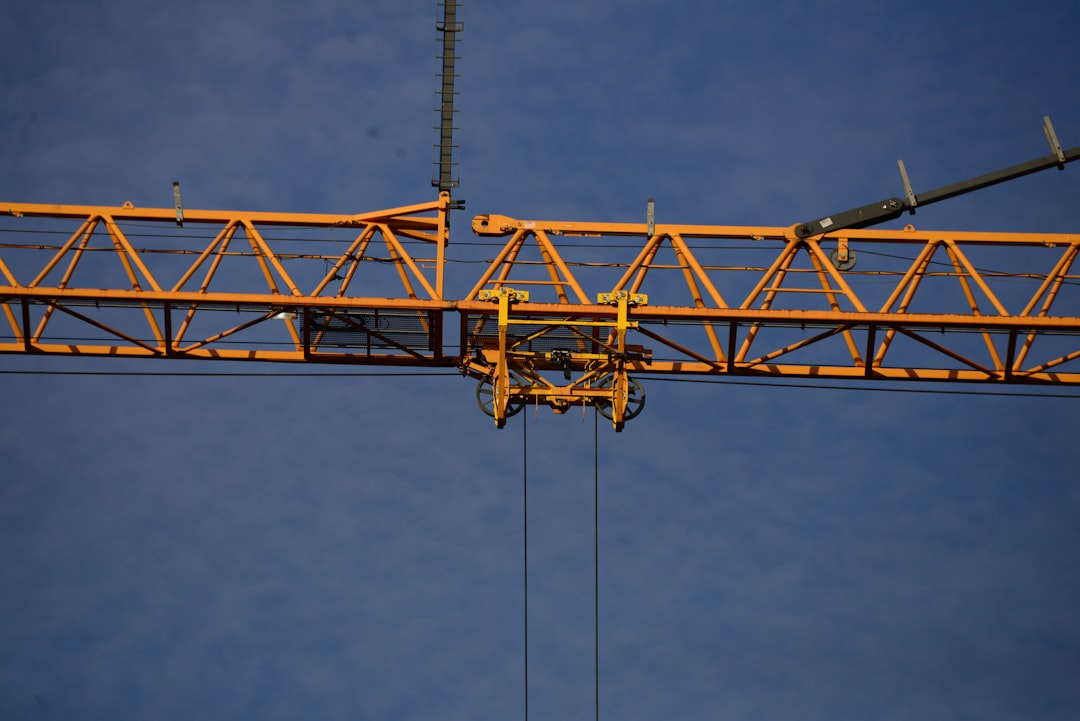High-strength steel (HEA) profiles are revolutionizing the construction and engineering industries, enabling the creation of lighter, stronger, and more efficient heavy load structures. This comprehensive guide delves into the key aspects of designing with HEA profiles, providing a detailed understanding of their properties, applications, and design considerations.
Understanding High-Strength Steel (HEA) Properties
HEA profiles are distinguished by their significantly higher yield strength compared to conventional structural steel grades. This elevated strength allows for the use of smaller sections to achieve the same load-bearing capacity, leading to reduced material consumption, weight savings, and potentially lower overall costs. Common HEA grades include S355, S460, and S690, each with its own specific yield and tensile strength characteristics. Understanding these properties is crucial for selecting the appropriate profile for a given application. Factors to consider include the intended load, environmental conditions (corrosion resistance), and fabrication requirements. Detailed material datasheets are essential for accurate design calculations.
Design Considerations for HEA Profiles in Heavy Load Structures
Designing with HEA profiles requires a nuanced approach compared to conventional steel design. While the higher strength offers advantages, it also introduces considerations related to buckling, local instability, and weldability. Finite element analysis (FEA) is often employed to accurately model the structural behavior under complex load scenarios. Design codes and standards, such as Eurocode 3 (EN 1993) or AISC 360, provide guidelines for the design of steel structures using HEA profiles, but careful attention to detail is essential. Proper detailing of connections is paramount to ensure the integrity of the entire structure. Overlooking these aspects can lead to structural failure.
Comparing HEA Profiles with Conventional Steel Sections
The choice between HEA profiles and conventional steel sections depends on several factors. While HEA profiles offer higher strength-to-weight ratios, they might be more expensive. The fabrication process can also be more complex due to the material’s higher strength, requiring specialized welding techniques and equipment. A thorough cost-benefit analysis is necessary, comparing the initial material cost, fabrication costs, and potential long-term savings in transportation and foundation design. In many cases, the reduced weight and smaller section size of HEA profiles result in significant overall cost savings, outweighing the higher initial material cost.
Applications of HEA Profiles in Heavy Load Structures
HEA profiles find widespread application in various heavy load structures, including:
- Bridges: Their high strength-to-weight ratio makes them ideal for long-span bridges, reducing the overall weight and improving structural efficiency.
- High-rise buildings: HEA profiles contribute to the construction of taller and more slender buildings by enabling the use of smaller columns and beams.
- Offshore structures: Their resistance to corrosion and high strength make them suitable for demanding offshore environments.
- Industrial structures: HEA profiles are used in heavy industrial applications such as cranes, storage facilities, and manufacturing plants.
- Transportation infrastructure: They are used in railway bridges, elevated roadways, and other large-scale transportation projects.
Advanced Analysis Techniques for HEA Profile Design
Due to the complex stress distributions and potential for local buckling in HEA profiles, advanced analysis techniques are often necessary to ensure structural integrity. Nonlinear finite element analysis (FEA) allows for accurate prediction of the structural behavior under various loading conditions, taking into account material nonlinearity and geometric imperfections. This detailed analysis helps optimize the design, minimizing material usage while ensuring sufficient safety factors. Furthermore, understanding and accounting for residual stresses from the manufacturing process is crucial for accurate simulations. Software packages specifically designed for structural analysis are commonly used for these complex calculations.
In conclusion, HEA profiles offer significant advantages in the design of heavy load structures. By understanding their properties, design considerations, and appropriate analysis techniques, engineers can leverage their superior strength and efficiency to create innovative and sustainable structures. However, careful planning and attention to detail are crucial to ensure the safe and reliable performance of these structures.
Tags: HEA profiles, high strength steel, structural design, heavy load structures, steel construction




